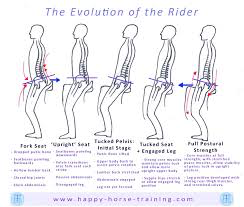The first image of Klimke shows him in the extended trot. He is opening his hips and bringing his knees slightly forward to accommodate for the large movement.
On the opposite end, you’ll see the leg brought back in piaffe when asking for collection:
But in general, Klimke rode with shoulder, hip, ankle alignment and was a proponent of it in his teachings:
Old school riding leaned more towards the feet jammed forward in the stirrup. This did lend to stability in the saddle but has its disadvantages. It makes it harder for the rider to follow the rein, creating harsher contact. It’s also difficult to manipulate the rider’s body for lateral work or adjustability within the gaits. But it can be more secure over fences when the style was not to do an automatic release anyways.
The various forms of two and three point are a more modern adaptation within disciplines, especially with the introduction of the automatic release. Riders going over fences and property wanted security, but it does not bode well in dressage, for example.
I do agree that large thigh blocks are not the answer to correct posture in the saddle, however. They can help but often hinder.

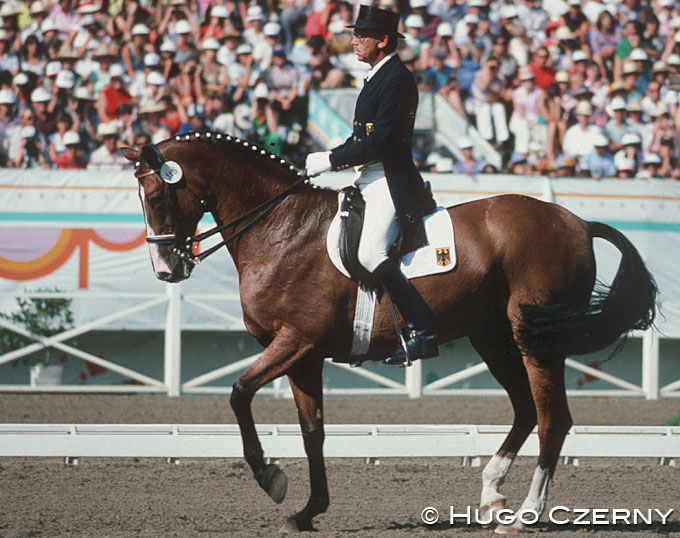
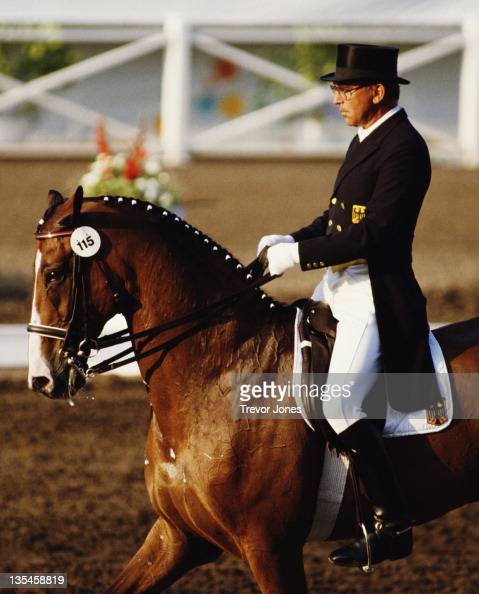
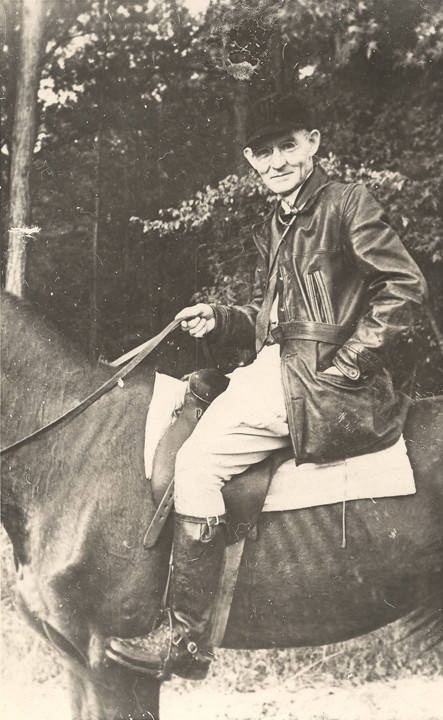
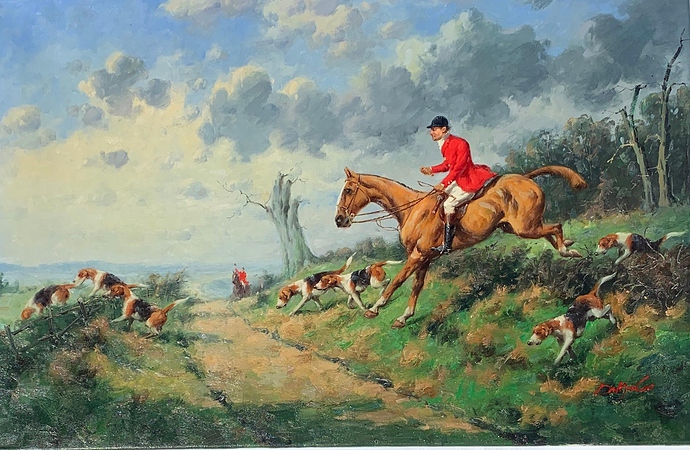
 But she does have a beautiful position in my opinion and looks harmonious on many horses that I have ever seen!
But she does have a beautiful position in my opinion and looks harmonious on many horses that I have ever seen!